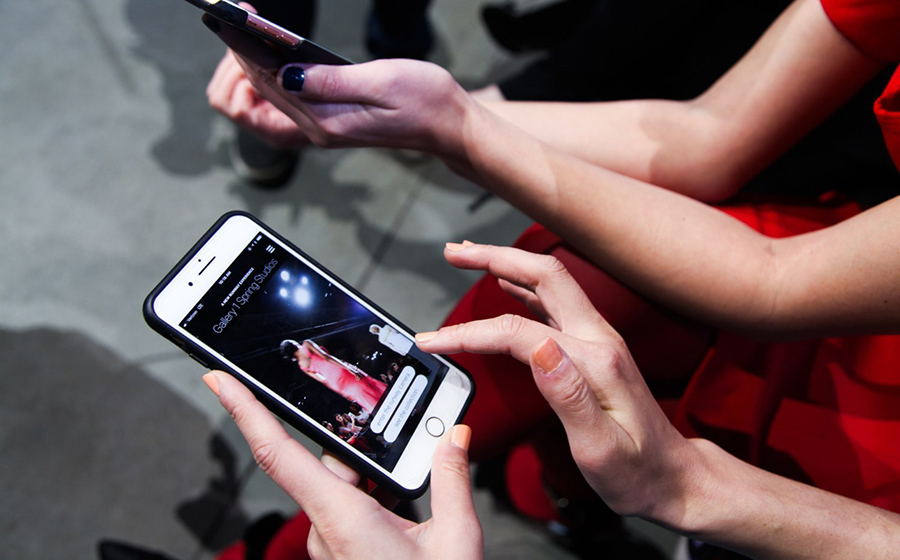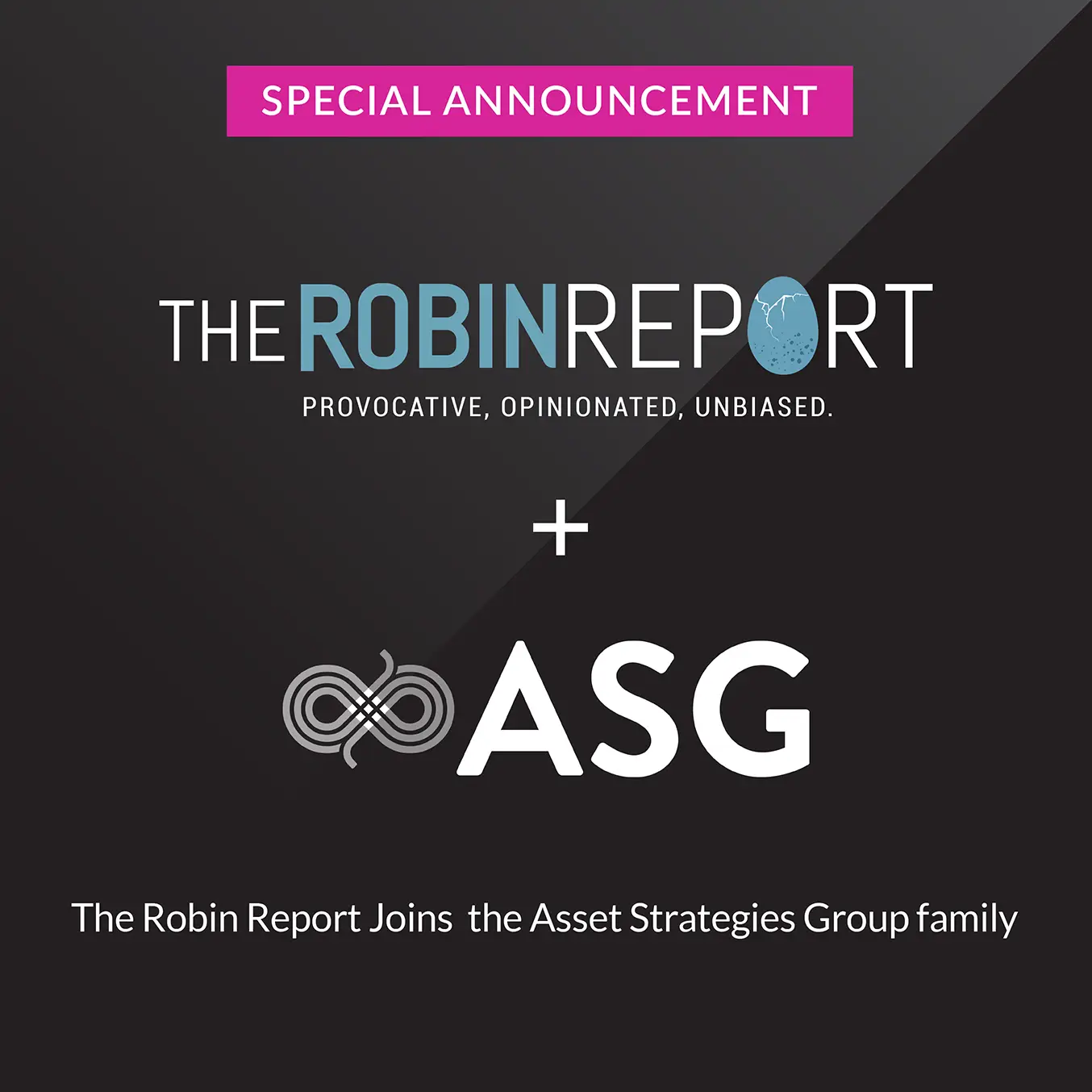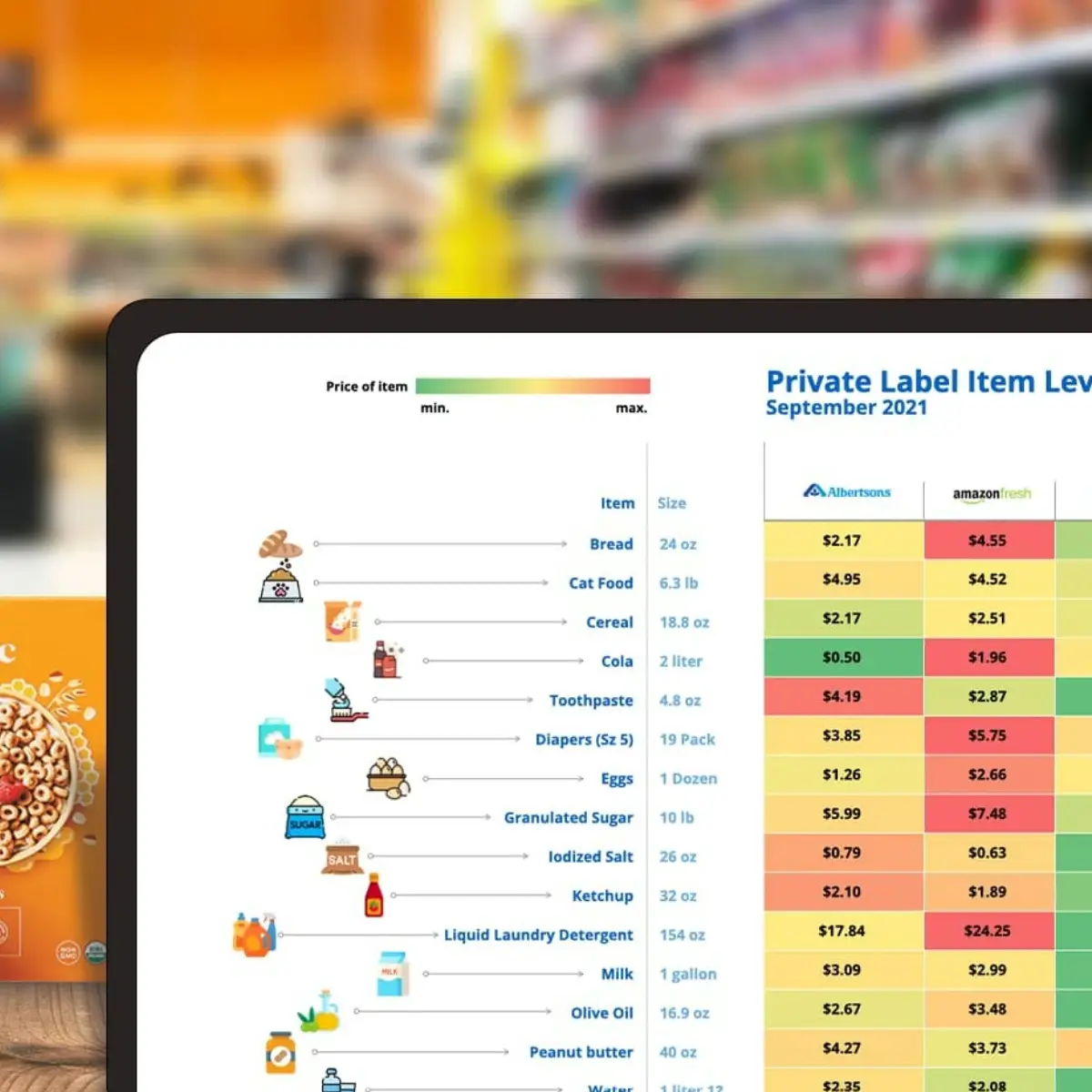The fast-moving fashion industry continues to provide consumers with an opportunity to connect with their favorite brands and designers, while enabling personalized style statements. As part of this dynamic equation between the consumer and her love for, and interaction with her favorite designers, technology has transformed the way the industry operates. With the continued importance of e-commerce and social media, consumers are able to share their voices more so than ever before.
Now technology is allowing consumers to share their experiences with designers and retailers instantly. By connecting consumers during the runway show real-time, technology is powering the democratization of fashion. Consumers can provide their instant feedback, feeling more connected to the designers themselves. In addition, marrying this experience data (the designs that consumers like or love) with the operational data (production plans, color choices, etc.) provides actionable insights for manufacturers to improve margins and reduce waste. However, in order to reap the full benefits of intelligent technologies, organizations must first introduce an intelligent enterprise framework to enable innovation and true business value.
Democratizing Fashion
Last year, SAP worked with Badgley Mischka to rewrite the rules of retail. At New York Fashion Week in February, SAP worked with Christian Siriano to further the disruption. And we continued to show the power of connected consumers at the Zappos Adaptive/Runway of Dreams Fashion Show.
Going to a fashion show is an immersive event in itself, and designers are realizing that technology can further contribute to this experience – especially by making it accessible to people not in attendance. While live-streaming catwalks is still a relatively new feature (first done in 2010), brands are continuing to find ways to enhance audience interaction, which is providing wider access to fashion lovers everywhere.
In the case of Christian Siriano, he used the Runway by SAP app to broadcast runway images in real-time to both show attendees and remote app users, sharing exclusive details including a description of each look. Consumers were able to interact in real-time with the collection as it debuted down the runway using \”like\” and \”love\” commentary options within the app. In addition, through the machine learning capabilities of the app, a remote viewer could watch the live stream of the runway show and use the app to simultaneously see the rich content associate with each look (such as fabric, design elements, and inspiration from the designer).
With this machine-learning powered app, Siriano enabled consumers to feel like they were a part of his NYFW show – whether they were there in person or tuning in from afar.
Turning Actionable Insights into Better Plans and Sustainable Fashions
Technology like the runway app is not only enhancing the consumer experience, it\’s fueling insights for brands and designers. Understanding what consumers like (or don\’t like) in real-time helps designers prioritize favorite designs and avoid investment in less popular ones.
With this insight plugged into an intelligent enterprise framework, designers now have a structured way to understand the styles their fans want. This allows them to fast-track the most \”loved\” designs through production to reduce runway to store time. The insights can also be powerful in influencing retail buyer decisions, as they can better determine which designs will perform the best.
All of this leads to improved margins and sales for both designers and retailers. At the same time, this cycle of feedback dramatically reduces waste in the supply chain, which is key in a world where some studies show that up to 80+ percent of clothing ends up in landfill. Sustainability is increasingly top of mind for consumers, and retailers should consider a path to produce less and reuse more in order to attract and retain brand advocates. Leveraging insights gained from a consumer feedback loop enables brands to produce more of what will sell and less of what won\’t, setting them on the right path toward sustainability.
Promoting Inclusivity
One of the greatest use cases for runway technology comes from a recent event put on by the Runway of Dreams Foundation and Zappos Adaptive, a segment of Zappos that features inclusive clothing. The fashion show featured 30 differently-abled models wearing a collection of functional and fashionable products designed for people who have difficulty getting dressed due to a variety of special needs.
Items include sensory-friendly clothing, no-lace shoes, stylish elastic-waist jeans more – all of which are the standard designs, just adapted to meet special needs. By design, it is hard to spot what makes each ensemble \”adaptive\” on the runway. Molly Kettle, Director of Zappos Adaptive, expressed that one of the biggest benefits of using technology (namely the Runway by SAP app) on the catwalk was the ability to give attendees access to more details than is visible to the naked eye. Without these extra details, consumers may not understand the full benefits of each specially-designed piece.
It All Comes Down to Technology
Everything discussed here would not be possible without intelligent technology, and yet we\’ve barely begun to experience the power of technology on the runway.
In the end – or rather, in the beginning – an intelligent enterprise framework is a baseline for the most effective use of technology, enabling everything from artificial intelligence to blockchain. With this framework, there are many more possibilities to continue transforming the fashion industry and open new opportunities. Fashion brands and retailers need only apply their runway creativity to imagine the possibilities.




